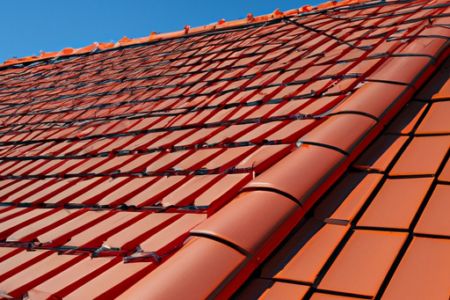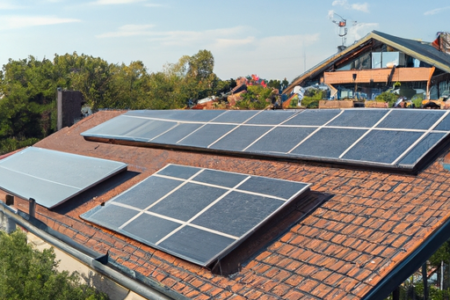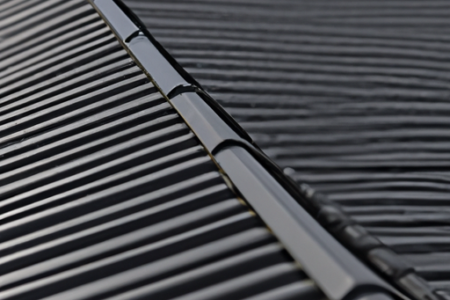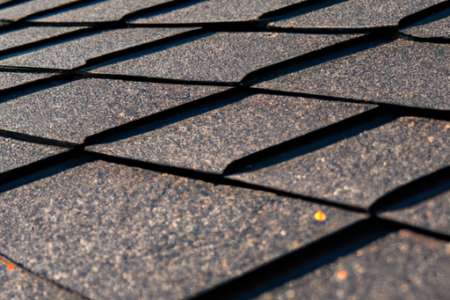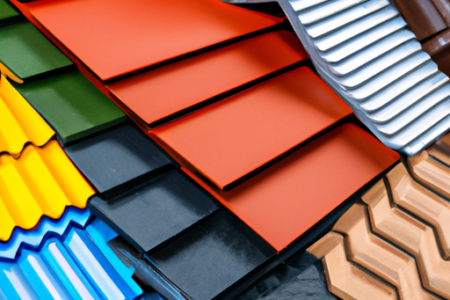also lowers energy expenses for the building owner. PVC roofs are also waterproof, resistant to bacteria and fungi growth, and have a long lifespan. They are lightweight and easy to install, making them suitable for a variety of construction projects.
TPO roofing is another synthetic option that offers a range of benefits. TPO roofs have excellent weather resistance, withstanding strong winds, hail, and extreme temperatures. They are also highly durable and resistant to punctures, tears, and impact damage. TPO roofing is known for its energy efficiency, providing insulation and reducing heating and cooling costs. These roofs are also environmentally friendly, as they can be fully recycled at the end of their lifespan.
In summary, synthetic roofing materials such as rubber, PVC, and TPO offer numerous advantages over traditional options. From durability and low maintenance requirements to energy efficiency and environmental sustainability, these materials provide a cost-effective and reliable roofing solution. Consider using rubber, PVC, or TPO for your next roofing project and enjoy the benefits they bring.
